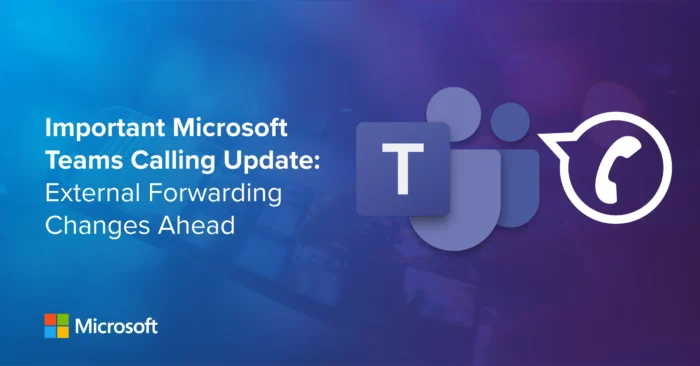
Effective November 1st, Microsoft is updating how auto attendants and call queues manage external call forwarding in Teams.
What’s Changing?
- If your customers are using a Domestic Calling Plan, external forwarding will no longer function.
- To maintain seamless call routing, they’ll need to transition to a Pay-As-You-Go Calling Plan.
- If you’re transacting through CSP, make sure Azure subscription and overages are enabled.
Why This Matters
Dropped calls aren’t just inconvenient – they’re bad for business. For MSPs, this is one of those subtle backend changes that can quickly escalate into urgent support tickets if left unchecked.
The good news? It’s a straightforward fix – if you act now.
Action Steps for Partners
1. Review your customers’ Teams call flows, especially auto attendants and call queues.
2. Check for any external forwarding configurations.
3. If forwarding is in place, prepare to switch them to a Pay-As-You-Go Calling Plan before November 1st.
A Note on the Bigger Picture
This shift isn’t about adding complexity—it’s about evolving Teams Calling to support modern business needs. But if you’re caught off guard, you might find yourself fielding tough questions when critical calls don’t connect. A little foresight now can save a lot of headaches later.